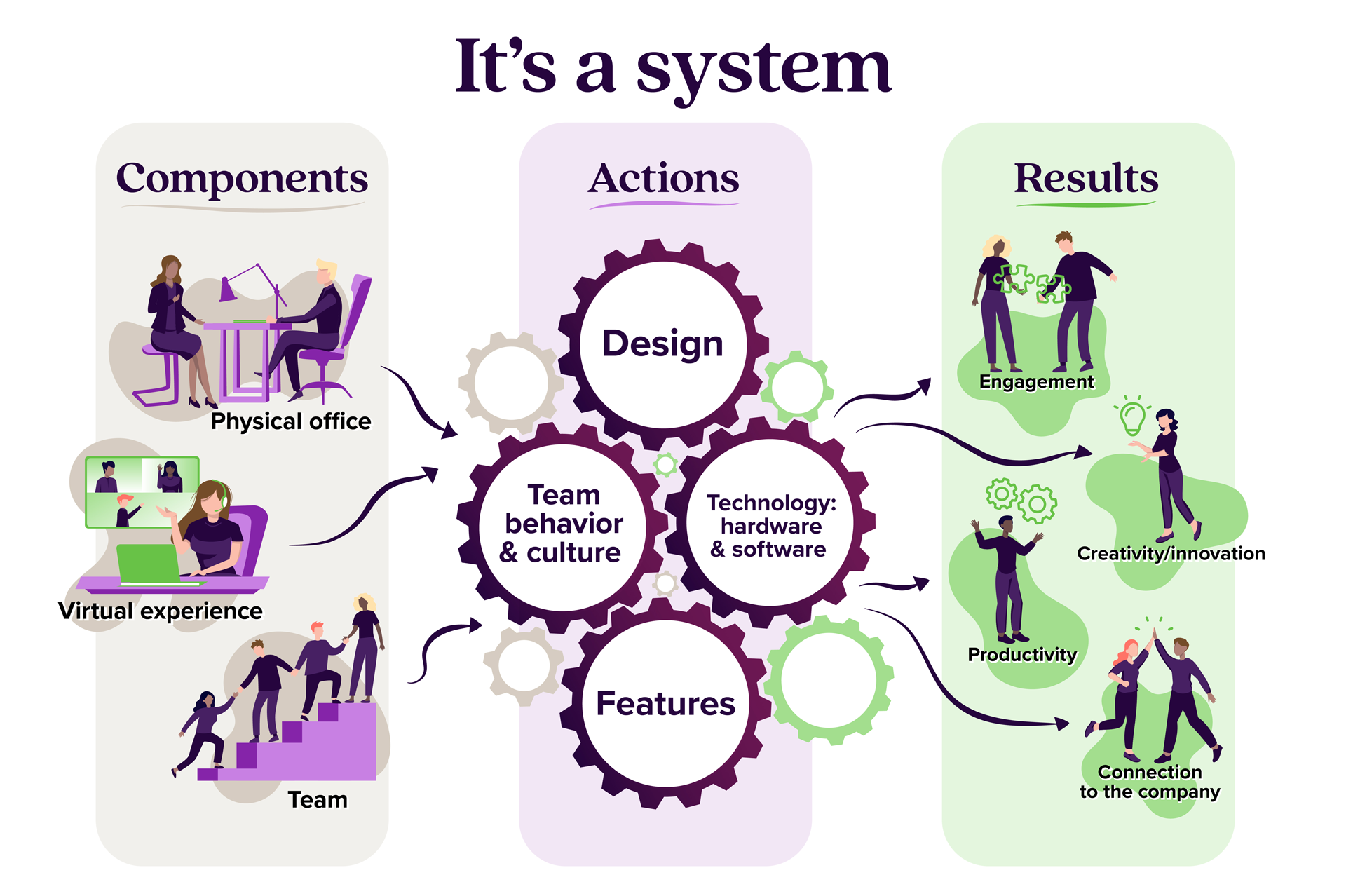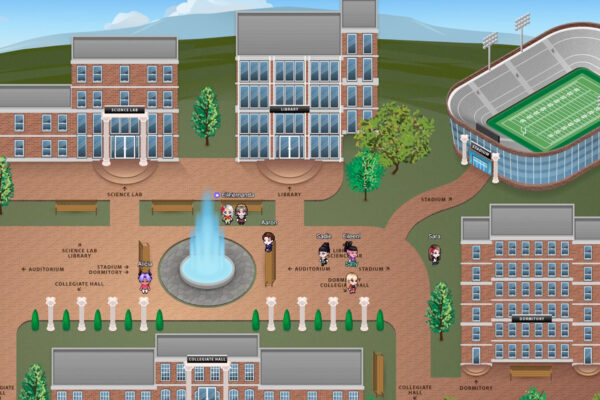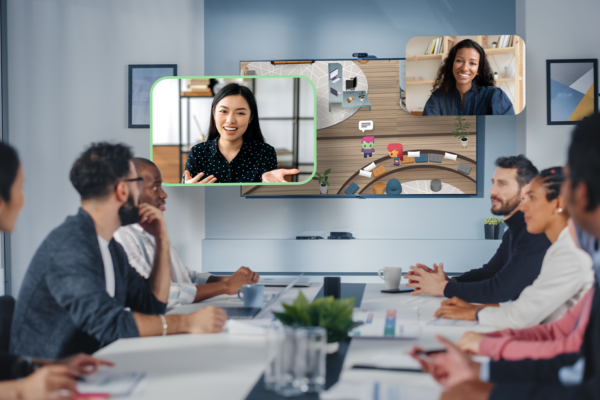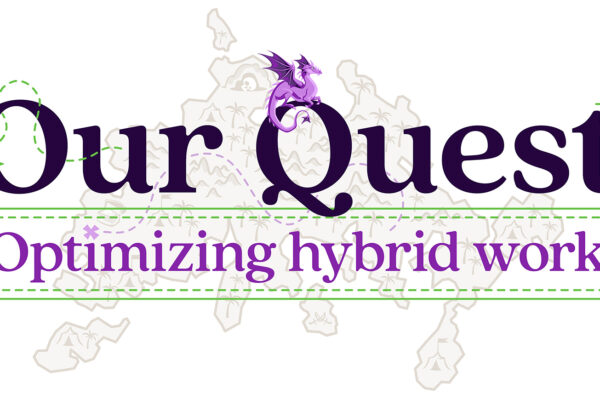
Hybrid workplace as a system
If you or any of your friends ever studied engineering, you probably know that almost anything is a system if you consider it from a certain mindset. Engineers are highly influential in the personal and professional lives of the Uncork-it team, and we routinely adopt (and adapt) their processes to enhance our efforts.
Uncork-it is on a quest to create the optimal hybrid workplace for our team (read about our quest). We have many different changes to test and insights to uncover. Our destination is workplace bliss, but how do we get there? As an experienced marketing team comfortable with marching into the unknown, we start by creating a map or structure.
We begin with an audit—our starting point for nearly every challenge we face. What exists now, what variables can we change, and how does it all relate? We determine our environment, variables, and desired results.
Environment
Three major facets of our environment can be optimized: a physical office, a virtual experience, and a team (because our co-workers are definitely a critical part of our environment).
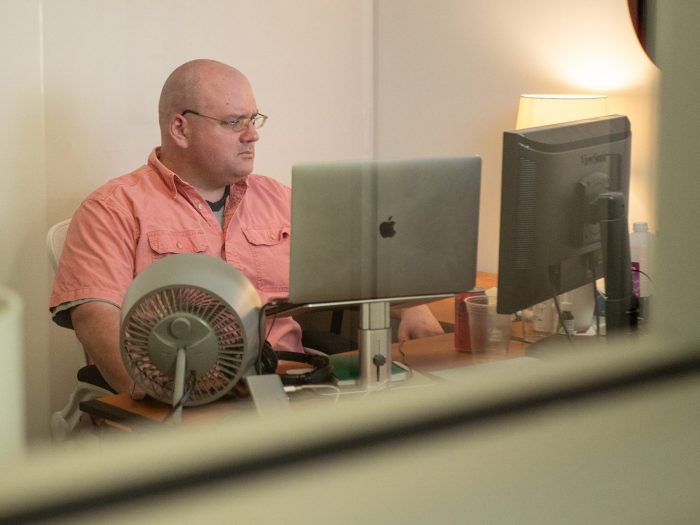
Our physical office: Three years ago, during the pandemic, we left a magnificent, large, open office—with huge windows and group and private spaces—for our current office, which is much smaller and predominantly composed of small, dark offices with doors.
Our virtual environment: Although we use Zoom, Webex, Teams, Chime, and Google Meet as needed, our primary virtual experience is a virtual office built on a game engine: a proto-metaverse experience. This enables casual conversations and chance encounters, and has kept our team feeling connected with each other.

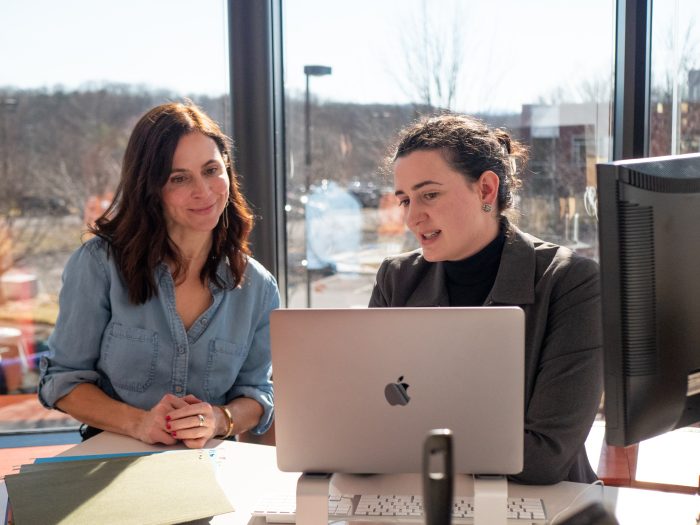
Our team: Our headquarters is in Blacksburg, Virginia, and we have workers in North Carolina, Pennsylvania, Montana, and South America. We have workers from all generations, from Baby Boomer to Generation Z.
Variables
We can change our work environment through a variety of actions that we classify in four general categories: design, technology, features, and behavior/culture. Any challenge can be tackled by multiple different mixes of these categories.
Design
The power of design is well known in our workplaces for encouraging certain behaviors and reactions. For example, in our virtual office, we have a meditation room filled with soft shades of blue and rounded shapes that is my haven when I’m feeling overwhelmed. Or, to encourage more interaction, we may consider adding a “water cooler” space to our virtual office – like the lounge spaces in our physical office. Such a space may encourage people to move to that area when they are available to be interrupted. Or it might not. We’ll let you know.
Technology
We replaced our desktop computers with laptops, so our team can work in different parts of the physical office, while also having an easy way to work remotely. It’s likely we’ll need to configure some apps to help on our quest and purchase different equipment to ensure flexibility and connectivity. Our IT lead tells me she has her eye on some new tech…more on that later.
Features
Features can be events, software, programming, fun ways of sharing, or even having a kitchen sink in the physical office for easy cleanup. A possible feature to help us connect could be a system that, at 3pm on random days, pops up a reward or a tidbit to salve a curious mind. Or maybe we’ll make it a practice to leave cake and balloons on a coworker’s virtual desk on his birthday. Features are limited only by the time to develop them!
Team behavior
Team behavior becomes our practices, which evolve into our culture. We already have a constantly evolving (and documented) system of communication channels and when we use each one—from email to walking up to someone in our virtual office. If we want to use behavioral change to improve interpersonal connection, we could make a policy that at 3pm everybody gathers for tea time. If we want to allow more focus time, we can implement a “do not disturb” signal.
We face infinite possible actions to take on our quest. Keeping our desired outcomes top of mind will help us prioritize possible solutions and tackle and test different options. You can read about our goals in our Quest for an optimal hybrid workplace post.
It’s a system!
We have inputs. We have variables. We have results.
